
German Christmas traditions are a blatant contradiction of the German reputation of being cold and distant. To be honest, the best way to understand German culture is by experiencing a German Christmas for yourself.
I can’t believe that this will be my sixth Christmas in the US. Six years? Seriously? It feels like yesterday that I arrived at Dulles Airport with eleven suitcases and three children in tow. In Germany, Christmas was already all over the place. Here, Americans were preparing for Halloween. The difference couldn’t have been bigger.
Understanding quickly that I couldn’t keep my children from honoring this American tradition, I rushed to a special Halloween store and bought them new costumes. At the same time, in Germany, supermarkets were full of Christmas articles.
German stereotypes are long-lasting
I’ve talked at length about why Germans are not able to loosen up easily. It has something to do with their personal space making them formal; in the end, foreigners seldom feel welcome when encountering Germans.
I also stated that “In Germany, rules, regulations, and laws are serious business followed by almost everyone. Germans are formal and predictable.” German Christmas is predictable, of course, but in the most wonderful, warm-hearted way you can imagine. Every single tradition of a oGerman Christmas expresses warmth and love. It’s about being together, a peaceful moment in the haven of one’s house. Christmas in Germany is a strong family tradition.
Let me explain.
Advent is the four weeks before Christmas
For the sake of simplification, I’ve used the terms “German Christmas” to write about the time that covers December. Germans call it “Advent,”a Christian word for the time before the nativity and Christmas.
Around five weeks before Christmas, larger cities in Germany are building small wooden stalls in the streets. On the fourth Sunday before Christmas, Weihnachtsmärkte (German for Christmas markets) are opening. Nested in the mini barns, vendors sell typical Christmas items from candles to glass ornaments, spices to tea, and hot chocolate to traditional Christmas cookies.
Christmas markets attract everyone – families, professionals, young, old, men, women, etc. For many, drinking mulled wine is the highlight of a visit to the Weihnachtsmarkt, and it’s absolutely normal to organize an office escape with colleagues and drink one or more cups of the warmed red wine mixed with spices (clove, cinnamon, anis) and orange slices.
German Christmas markets are a wonderful place to experience German culture at its best.
Advent wreaths appear in nearly every German household
Before Advent starts, it’s time to make or to buy an Advent wreath. They are made of evergreen leaves, decorated with small Christmas ornaments and four candles, one for each Sunday of Advent. Every Sunday, one of the candles will be lit.
Four weeks before Christmas, a single candle is lit. A week later, a second one is lit together with the first one. Before the last Sunday before Christmas, three candles are lit. Then, on the last Sunday, are all candles on.
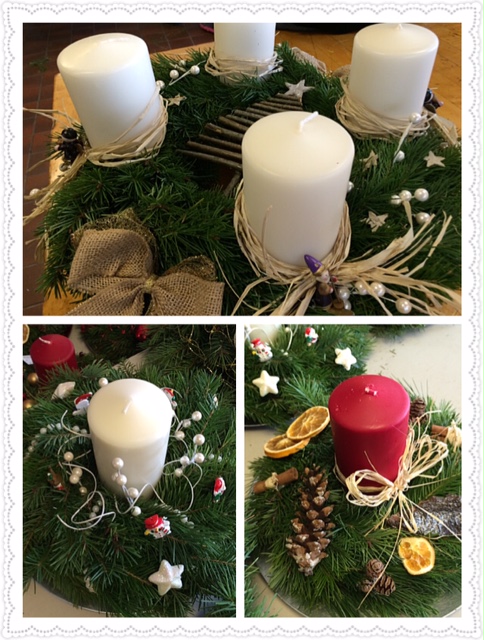
Sadly, I was too busy lately and didn’t have time to make my own Advent wreath. I’d hoped to buy one at the Christmas market at the German International School but came too late. They were already sold out at noon!
How I love Advent wreaths. Candles give a smooth light to the living room. Children would sit on the sofa and read, watching the movement of the flame. Wreaths also carry a stronger meaning of Christmas as every candle has its own nuance: peace, faith, love, and hope.
Another favorite: Christmas cookies
When I was a teenager, I started a pen friendship with a girl in Germany. After a while, Katrin came on vacation with us in France while I spent time with her and her family in Germany. Every Christmas, her mom Traudl would send us a nice Christmas box with homemade cookies. They didn’t last long each year and are my first memory of Christmas cookies…
Do you hear the nostalgia in my words? Besides an Advent wreath and the Christmas market, I love baking Christmas cookies! You have to know that I’m a decent cook but that I don’t like to bake. At all. I dislike baking so much that I would rather buy donuts or cupcakes for a child birthday than to do it myself (I know, I’m a terrible mom).
However, when it comes to Christmas, I’ll spend hours in the kitchen and bake batch after batch of small pieces of Vanillekipferln, Husarenkrapferl, Mandelmakrönchen, Schoko Crossies, etc.
Baking Christmas cookies is time-intensive. Making the dough is the easy part. What takes time is forming every single cookie, overseeing the bake time (which often doesn’t take much more than 10 minutes), and letting them cool down before starting to assemble or decorate them. A precision work that I like to do. Once my 7-8 different sorts of cookies are ready, I will pack them in small transparent pouches with a ribbon and a handwritten note. Then, they wait until Christmas, when I give them as gifts to my dearest friends.
Christmas traditions start at an early age
German children have their own rituals during Advent, making it as enjoyable for them as it is for us adults: the Advent calendar, Nikolaus on December 6th, and Secret Santa. Of course, they also enjoy visiting the Christmas market, baking cookies with mom, and lighting the candles of the Advent wreath!
The tradition of the Advent calendar is also celebrated in the US, and I’ve never had a problem buying one here. Starting on December 1st and ending on December 24th, it helps track the days as children wait for Christmas. The special calendar has 24 doors, one for every day. Behind each door is usually a small piece of chocolate.
Waiting for Nikolaus
On December 5th, children place their shoes in front of the fireplace or outside their bedroom doors. During the night, “Nikolaus” fills the shoes with mandarins and nuts and maybe a small present. My daughter Jasmine is now in college in Canada and deeply missed getting the surprise in her shoes last week!
In a post from last year entitled “Cheaters? Why Germans Celebrate Christmas Twice”, I described how I underestimated the importance of Nikolaus (Santa):
“While living in Germany, I learned the hard way to observe December 6. Jasmine was maybe 3 or 4 years old when she woke up on December 6 and cried so hard because “Nikolaus” had forgotten her. Of course, it wasn’t Nikolaus who had forgotten her but mom, who had never observed this special day and underestimated the new role of the daycare in her daughter’s life!”
Secret Santa or Wichteln
While Nikolaus may have forgotten Jasmine, she and her friends did Secret Santa, a beloved tradition among children that’s called wichteln in Germany. After being assigned another member anonymously, they met last week with food and Christmas music and exchanged (still anonymously) a small gift. Then they got to guess from whom came their present!
Here’s what Jasmine says about Secret Santa:
I associate Secret Santa with Christmas coming soon as we held our gift exchange at school on the last day before winter break! Today, I love the secrecy of not knowing who pulled my name and vice versa. Ultimately, Christmas traditions are usually reserved for family. Secret Santa gives me the opportunity to celebrate the holidays with my friends!
Cultural comparisons with the United States
Americans and Germans both set up Christmas trees, and apparently the custom was brought here by German immigrants. However, many, many Germans buy their Christmas trees only a couple of days before Christmas and put it up on the morning of December 24. They will stay in the house until January 6th, a Catholic holiday in the South of Germany.
December 24 is THE Christmas day for Germans, not the 25th. Stores close at noon, families come together soon after, and people go to mass in the late afternoon. Of course, children open their presents on this day too. December 25 and 26 are also holidays.
Also, just to make it clear, a Christmas pickle is not a German tradition – or it’s one that was lost ages ago. I’ve never heard of it. Ever.
What makes a German Christmas unique?
At some point, everyone in Germany enters into a Christmas mood. It’s clearly impossible to avoid the celebration, with all the Christmas lighting, Christmas markets, Christmas cookies, Advent wreaths, and Nikolaus. Clearly, it’s also a family holiday. In an era of acceleration and globalization, times somehow slows down and brings family members back together. In that sense, it’s more like Thanksgiving in the US, I’d say.

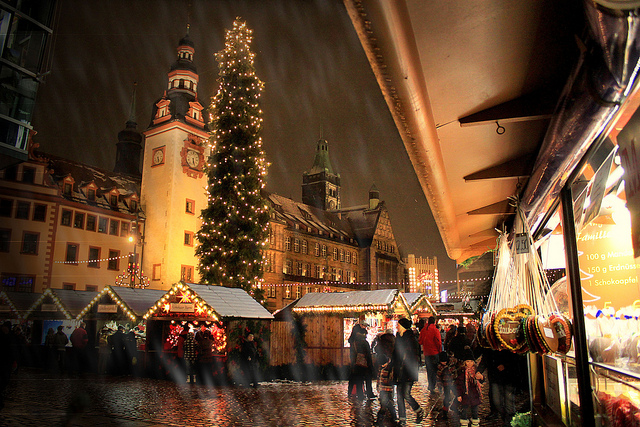
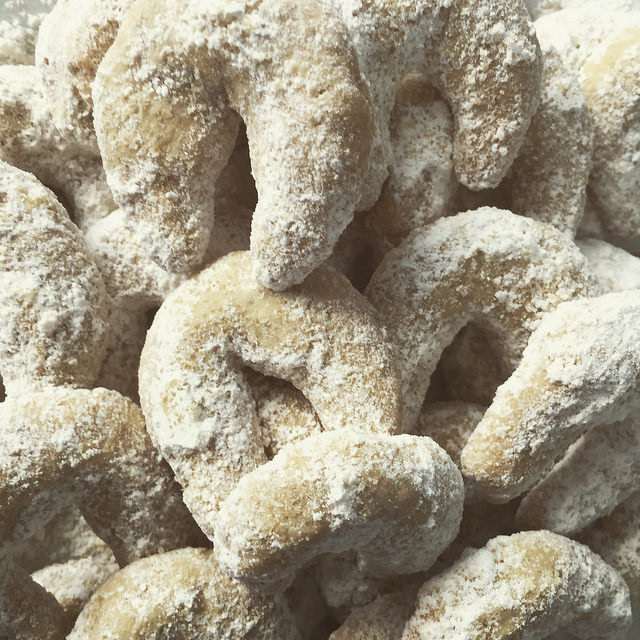
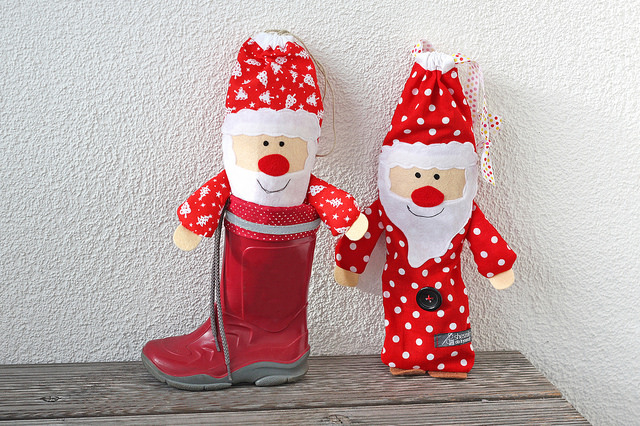


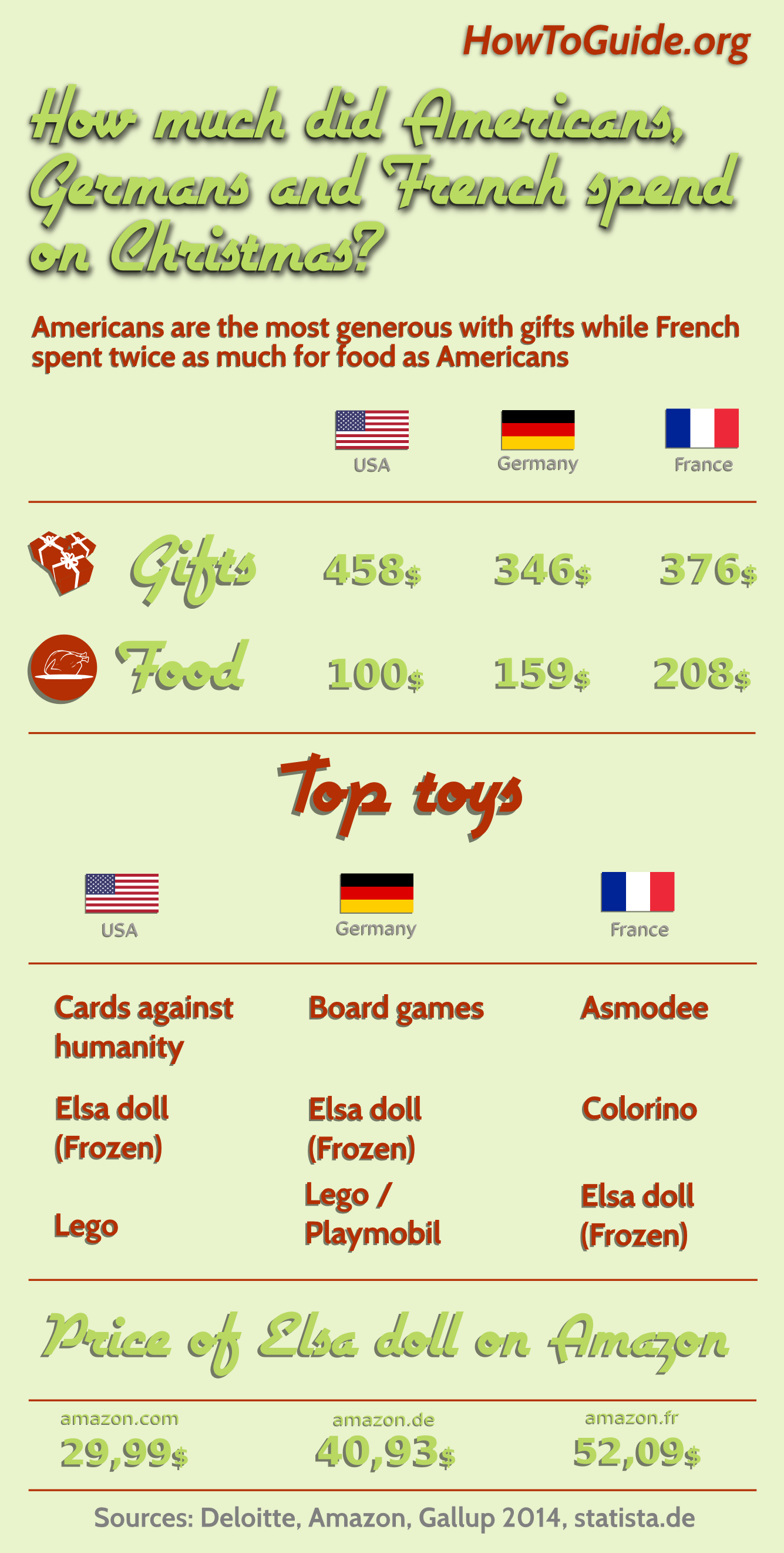

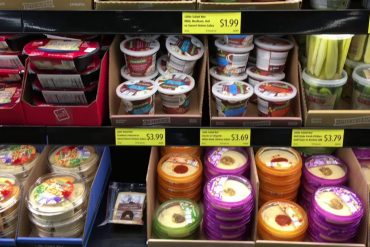
The most wonderful story about Christmas tradition in Germany, actually present in many countries of Europe. When I was a child I was sure the Old Christmas (Santa) together with the wonderful traditional German Christmas carols (“Stille Nacht” – Silent Night, “O Tannenbaum” – Christmas Tree and “Weiße Weihnacht” – White Christmas) were all coming from Muenchen and Nuernberg. By those times, in the former ’50s, and even today after more than 60 years I am still in Romania, but I went several times to visit Muenchen in the month of December. In Romania, the traditions are nearly the same except the Christmas is celebrated on December 25 and 26.